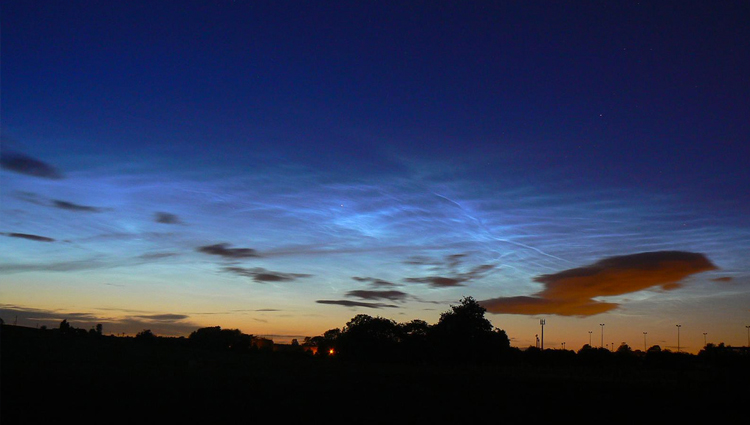Eastern US Rocket Launch Scrubbed, Delayed Until Friday
Cloud cover prompted officials to scrub the launch of a cloud-producing rocket.
Image

Media credits
Chris J. Nicolini
UPDATED: Sept. 16 at 1:00 p.m.
WASHINGTON -- Stargazers from the mid-Atlantic region will have to wait at least until the evening of Friday, Sept. 18 to catch a glimpse of a rocket launch that -- weather permitting -- should be easy to view from New York to Norfolk.
Originally scheduled for liftoff on Tuesday, Sept. 15, the launch was scrubbed minutes before liftoff due to heavy cloud cover above the launch pad at NASA's Wallops Flight Facility in Virginia, located about 40 miles southeast of Salisbury, Md.
NASA said that the next launch attempt would occur the evening of Friday, Sept. 18 at the earliest. Since the weather needs to be favorable at both the launch site and an observation station in Bermuda, NASA announced that the earliest possible launch date with good weather forecasts is on Friday, Sept. 18.
The exhaust from the four-stage Black Brant XII suborbital sounding rocket will create artificial clouds about 173 miles above sea level. Although the clouds -- known as noctilucent "night shining" or polar mesospheric clouds -- are usually too faint to see from the ground, they are occasionally visible during the brief period after the sun has completely set over the horizon, while some rays of sunlight continue to illuminate the upper positions of the sky. According to NASA, these newly created artificial clouds should be visible from the ground during the early morning hours just before sunrise the day after launch.
Scientists hope to track the artificially-created clouds for a few days or potentially for several months via an instrument that will also be deployed from the cloud-forming rocket. Their Spatial Heterodyne Imager for Mesospheric Radicals, or SHIMMER, will monitor the clouds from above while in orbit, delivering the first-ever views of artificial noctilucent clouds from outside the Earth's atmosphere.
Data recorded by SHIMMER will help scientists to create simulation models that can predict the distribution of rocket exhaust particles in the upper atmosphere.
For those who want to view the launch but are not in the mid-Atlantic area -- or those who are unable to view the launch due to local weather conditions preventing a clear view of the night sky -- NASA plans to provide a live video stream of the launch beginning about an hour before scheduled liftoff on their website located here. Launch status can also be followed via Twitter here.
The launch is part of the Charged Aerosol Release Experiment -- or CARE -- conducted jointly by the Naval Research Laboratory, the Department of Defense Space Test Program, the Air Force Research Laboratory and six universities. It will investigate the upper fringes of the Earth's atmosphere.
